Please add image or text logo
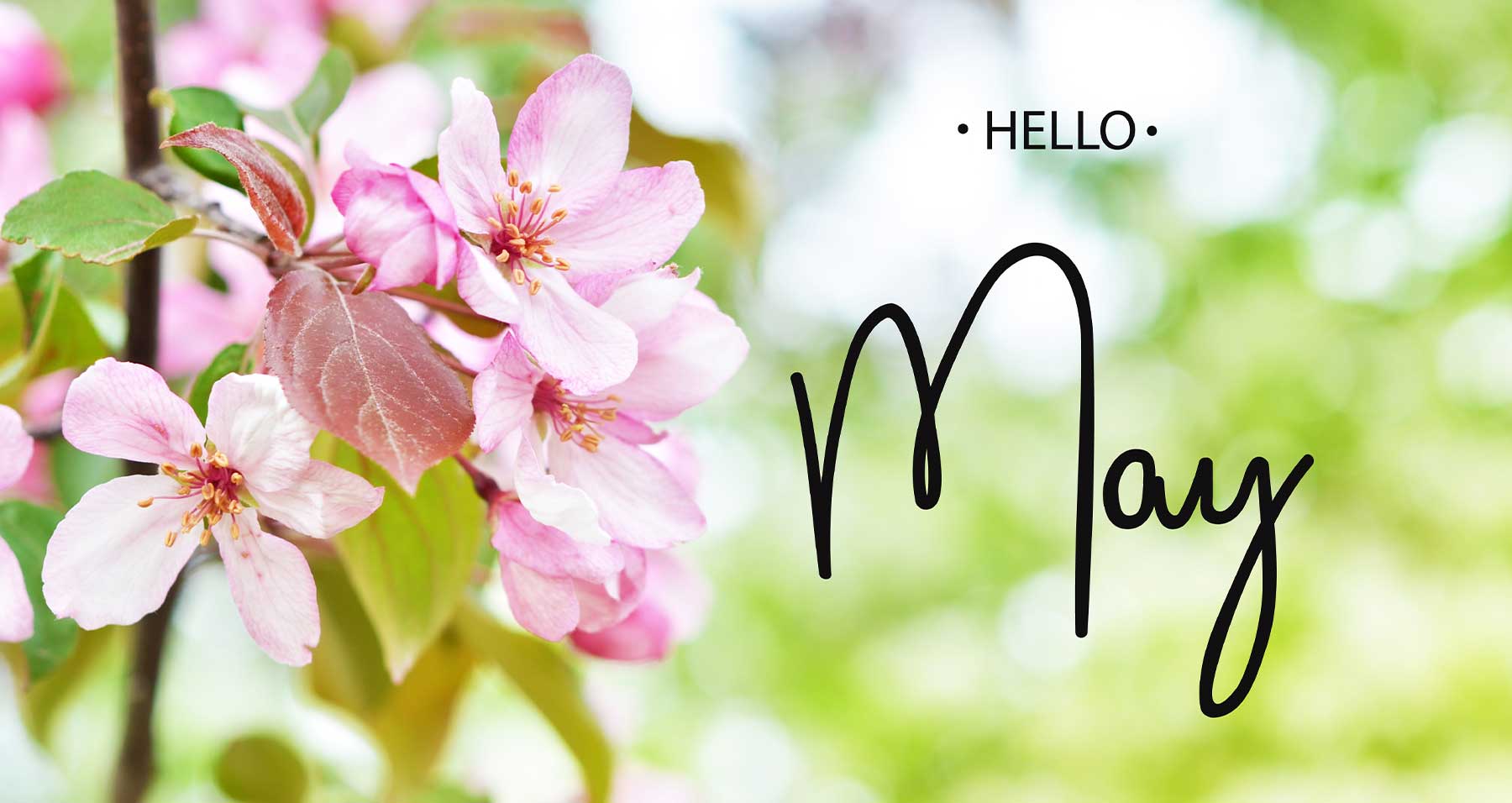
No matter how cold and wet March and April have been, summer will surely arrive soon! So let the sowing and mowing begin.
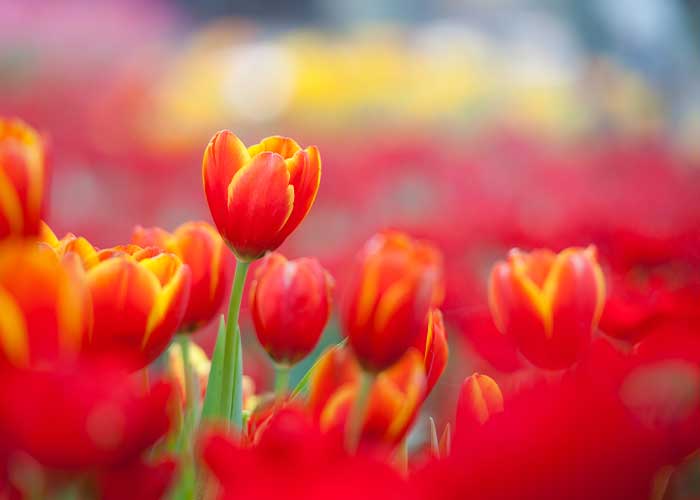
Our centres have a wide range of planters for sale, and great value multi pack offers on composts – so let’s get growing. For novices, or those too scared to ask, here is a quick guide to each type of planting.
Half-hardy annuals are frost-tender and are usually sown indoors and grown on. Examples such as Cosmos, Nemesia, and Marigolds complete their life cycle in one season.
Hardy annuals may be sown direct into the soil in spring. They will tolerate frosty conditions without protection. Examples include Alyssum, Calendula, Iberis and Limnanthes douglasii.
Hardy biennials complete their life cycle in two seasons. Examples include Alcea (hollyhock), Dianthus (sweet William), Erysimum (wallflower) and Myosotis (forget-me-not).
Half-hardy perennials survive for several years, normally flowering from the second season onwards. They are frost-tender, so they can be overwintered, but only if given frost protection. Examples include Bellis (daisy), begonia, Pelargonium (geranium) and Lobelia.
Perennials are plants capable of survival for at least three years. The term is also associated with herbaceous perennials lasting many years. Examples are Bellis (daisy), busy Lizzies and Viola (pansy).
Hardy perennials or shrubs last for decades if carefully positioned and cared for. Examples include Erica (winter-flowering heather), Euphorbia and Heuchera which offer welcome colour through the winter.
Summer Bulbs will reappear year after year, bringing a riot of colour and cheer. From gladioli to dahlias, from begonias to callas. Planting summer bulbs and perennial plants in spring means enjoying colour all summer long. Summer bulbs such as dahlias, crocosmias and begonias, can even keep on flowering into the autumn.

It’s a bank holiday bonanza this month – our Midgley and Brigg Centres are open every bank holiday Monday in May!

Time to prepare your garden for the barbecue season and the Coronation Big Lunch! Visit us in May for:
• Planters and composts for colour full planting.
• Furniture, benches and picnic table for al fresco dining and garden parties.
• Outdoor heating and firepits for the outdoor lifestyle.
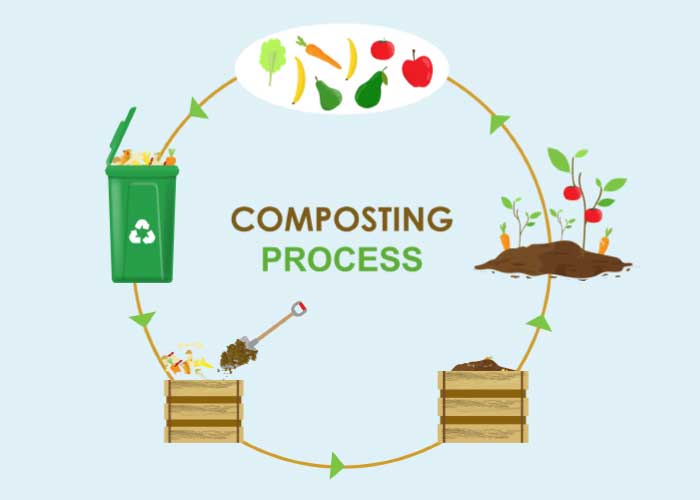
• Ventilate your greenhouse. On warmer days, open greenhouse vents to allow greater air flow. It is unlikely to be warm enough to leave them open on an evening, however. As it gets warmer, using netting, shutters, or shade paint to protect plants against strong sun can also be beneficial.
• Prune. There are several plants that benefit from pruning in May: lilac, choisya, cherry laurel, hibiscus, and chocolate vine. You can pick up secateurs and protective gloves from our centres!
• Plant potted single late tulips outdoors. There are around 2,500 varieties of tulip that have been grown in Britain, but Group 5 – the single late tulips – are renowned for being reliable and easy to grow! Acclimatise your potted tulips to the outdoors by gradually moving them from shade to full sun, then gently remove them from their pot and plant them outdoors in a deep hole, about the size of the container.
• Make compost. Mix vegetable waste, grass clippings, and brown material (such as leaves and torn paper) into a compost bin to make your very own potting mix or soil conditioner.
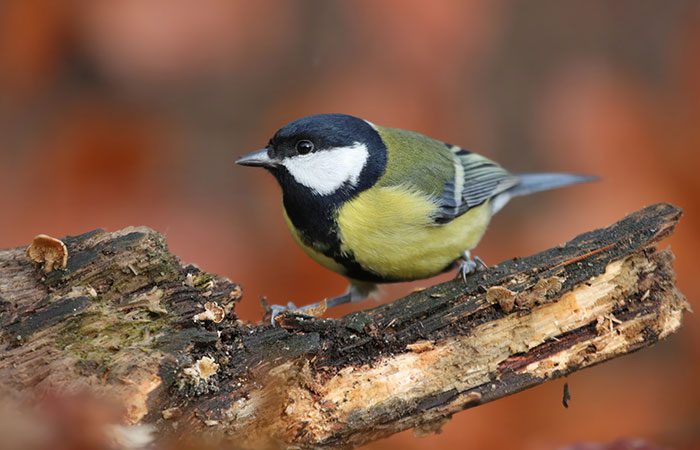
The Big Garden Birdwatch 2023 attracted 540,000 nature lovers to actively look out for birds, making the event the UK’s biggest citizen science wildlife survey.
Here is the top 10 run down in video format! Watch the video here.
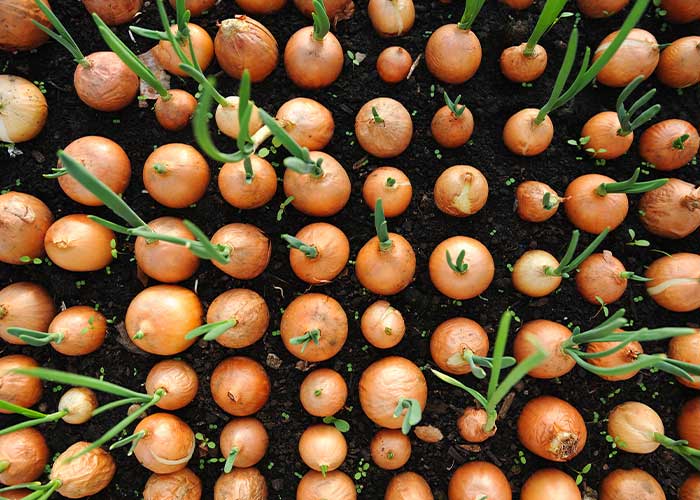
• Beetroot: Your summer crop of beetroot can be sewn outside in May.
• Bouquet dill: Water the area and sow the seed directly into 1cm-deep drills, then lightly cover with soil. Keep the soil well-watered. Dill also produces white flower heads which attract hugely beneficial pollinators, including bees and hoverflies.
• Sew iron-rich Spinach in May and until mid-June Spinach: Sow from early spring to the middle of June.
• Chicory: High in fibre and carotenoid antioxidants, Chicory can be sown outdoors in May for harvest in August.
• Onion & shallots: Can be planted outside as soon as you are confident the last frost has passed.
• Courgette: CFibre, potassium, and folate-rich courgettes can also be planted outdoors in May. Cut when they are about 10cm long, to encourage more courgettes to grow over a longer period, instead of leaving them to grow larger and larger.
• Kale: Ideal for growing in small spaces, kale should be planted outside in May to be harvested in December.
• Carrots: Can be planted outside in loose, sandy soil in May for harvesting in Autumn.
• Leeks: Sew Leeks outside in May for a bumper harvest from September onwards.
• Potatoes: May is the last month ideal for growing potatoes. This staple should be sown outside for harvest between August and September.
• Strawberries: Borders, planters and even hanging baskets are all appropriate places to grow strawberries. Pick a spot that gets around 6-10 hours of sunlight a day.
• Keep herbs growing all season. Now is a good time to split pot-grown seedlings, using a richer compost (either in a container or in the garden) and allowing more root room to keep them growing.
• Save your spring bulbs. Take out pot-grown bulbs and lay out on a tray until the foliage dies back. The leaves will now easily separate from the bulbs and can be composted, while the bulbs should be stored somewhere cool and dry until autumn.
• Dig out lawn weeds. Remove weeds but avoid using harsh chemicals where possible.
• Protect fruit. Add netting to soft fruit to protect it from squirrels and birds.
A personal, energised book filled with thought-provoking ideas.
Available to buy here
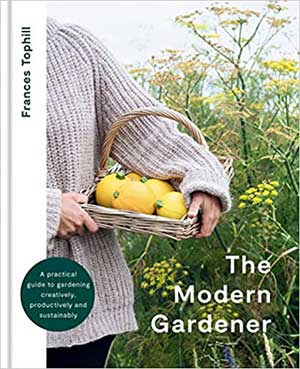
“You can get attached to plants when you lose faith in people.”
– Manuele Fior – Italian cartoonist and illustrator.